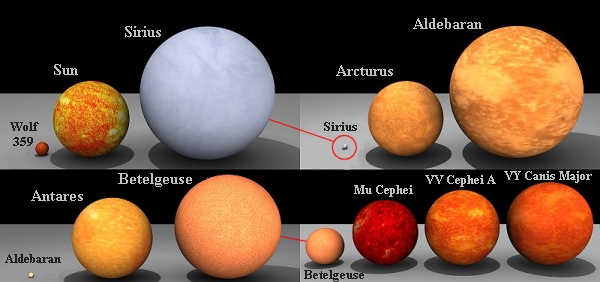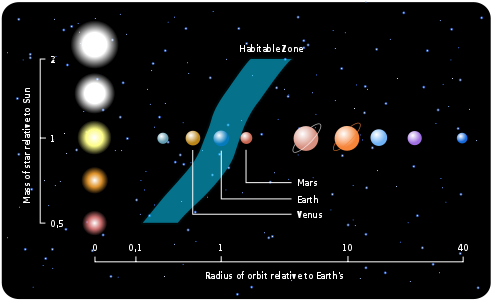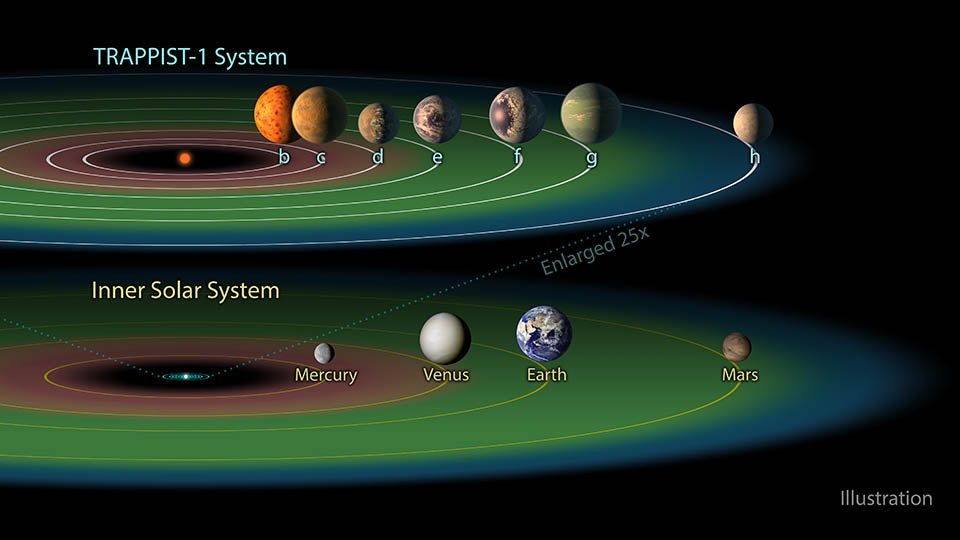The red planet is arguably the most interesting planet to us as humans, after Earth, of course. Mars is the next planet in our solar system and its radius is almost half of Earth’s, so it is smaller. This means that Mars exerts a lot less gravity than the Earth does. Yet Mars is the planet that astronomers always set their sights on as the first planet to colonize. Why is that?
Well, Mars is interesting because it is right at the edge of the goldilocks zone. It barely has an atmosphere, but if that atmosphere was developed and there were more greenhouse gasses in it, it could have liquid water exist naturally. Yet that is a long term goal with terraforming; shorter term goals would just have people living in a massive bubble colony and underground. Mars does have ice so there is water to use there. But more importantly, Mars is our next destination because life could have existed there too, a billion years ago. Mars used to be a lot more like earth, with rivers and rain, but over time solar wind’s stripped its atmosphere so now it only has a weak shell left. But in our search to find one of life’s greatest mysteries- are we alone- we might be able to find aliens in our own solar system on Mars or a moon like Europa and Enceladus. Of course, these aliens, which might just be fossils now, would not be like us. They wouldn’t be intelligent, instead, more like bacteria and other life from the RNA world. They would be extremophiles, most likely, that could survive in extreme conditions, just like the bacteria that live in heat vents and volcanoes.Of course, this is a big maybe, but this investigation would give humans a huge insight into how rare- or abundant life is in the universe.
What other reasons are there for humans to live on Mars? First, humans have always been a species built by exploration. If we hadn’t, most of us would not be in America today. Now that we have explored the Earth, the rest of our solar system is the next step. Exploration drives innovation, NASA has created so many inventions that are used by everyone today, including commercial cell phones, GPS, and microwaves. Finally, we should go to Mars for the simple selfish reason of species preservation. Organisms evolved over time to adapt and survive, and we must do so as well. The phrase “don’t keep all of your eggs in one basket” gets thrown around a lot, but it makes sense because we never know when the next meteor is going to hit the planet, and for all we know it could create an extinction level event like the dinosaurs. Getting humans on multiple planets ensures that humans will survive.
So why Mars? Because it is there.







